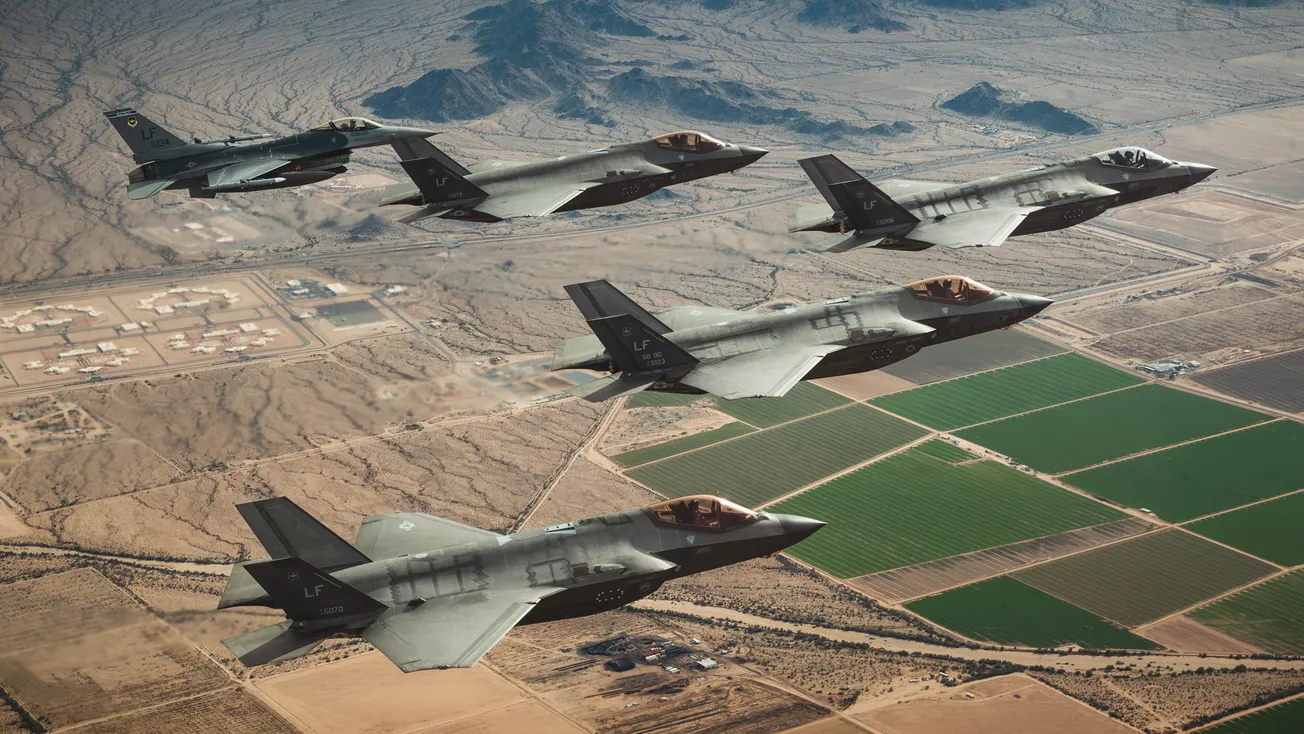The U.S. Department of Defense announced on Aug. 2 that the U.S. would be deploying additional “defensive” military capabilities to the Middle East region to defend Israel and “in response to threats from Iran and Iranian-backed militias,” said Deputy Pentagon Press Secretary Sabrina Singh. This includes destroyers, cruisers and a fighter jet squadron; a fighter squadron can include 18-24 jets.
“Singh said the commitment for more defense capabilities in the region comes from conversations last night between President Joe Biden and Israeli Prime Minister Benjamin Netanyahu. This morning, Secretary of the Defense Lloyd J. Austin III followed up on those conversations with Israeli Defense Minister Yoav Gallant, she said.
“‘We’ve demonstrated since October and again in April [that] the United States’s global defense is dynamic, and the department retains the capability to deploy on short notice to meet evolving national security threats,’ she said. “As a result, the secretary will be directing multiple, forthcoming force-posture moves to bolster force protection for U.S. forces regionwide, to provide elevated support to the defense of Israel and to ensure the United States is prepared to respond to this evolving crisis.”
According to Air & Space Forces Magazine, “The warships will be deployed to the Middle East under U.S. Central Command and to the Eastern Mediterranean near Israel under U.S. European Command. The USS Abraham Lincoln aircraft carrier and its strike group of accompanying vessels will replace the USS Theodore Roosevelt carrier strike group in U.S. Central Command. The USS Theodore Roosevelt has been in the region for the last month after redeploying to the Middle East from the Pacific. The USS Wasp, an amphibious assault ship that carries aircraft, and its Amphibious Ready Group/Marine Expeditionary Unit (ARG/MEU) has also been operating in the Eastern Mediterranean. The Pentagon said it would ‘increase our readiness to deploy additional land-based ballistic missile defense.’”
Although the Department of Defense announced that a fighter squadron would be sent, it didn’t name the type of jet. Air & Space Forces noted that “The F-22 squadron will add to the U.S. Air Force’s three existing combat aircraft squadrons in the Middle East. F-15E Strike Eagles and F-16 Fighting Falcons fighters are already deployed to U.S. Central Command. So are A-10 Thunderbolt II attack planes.”
Air & Space Forces speculates that a squadron of F-22 Raptors would be included in the deployment, but that is not confirmed. The F-22 “is currently the world’s most advanced fighter and its mix of stealth, long-range supercruise, and multitarget engagement capability make it a key platform in USAF’s Indo/Asia-Pacific strategy. F-22’s advanced flight controls and high-performance thrust-vectoring engine enable extreme maneuverability. Features include six LCD color cockpit displays, APG77 AESA radar, EW system with RWR and missile launch detection, and advanced comm/navigation and data links.”




